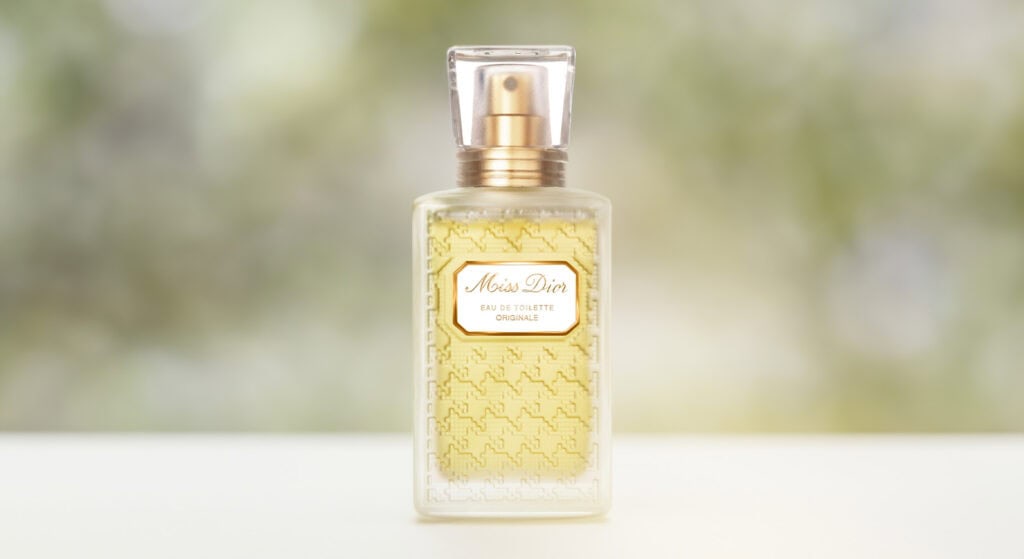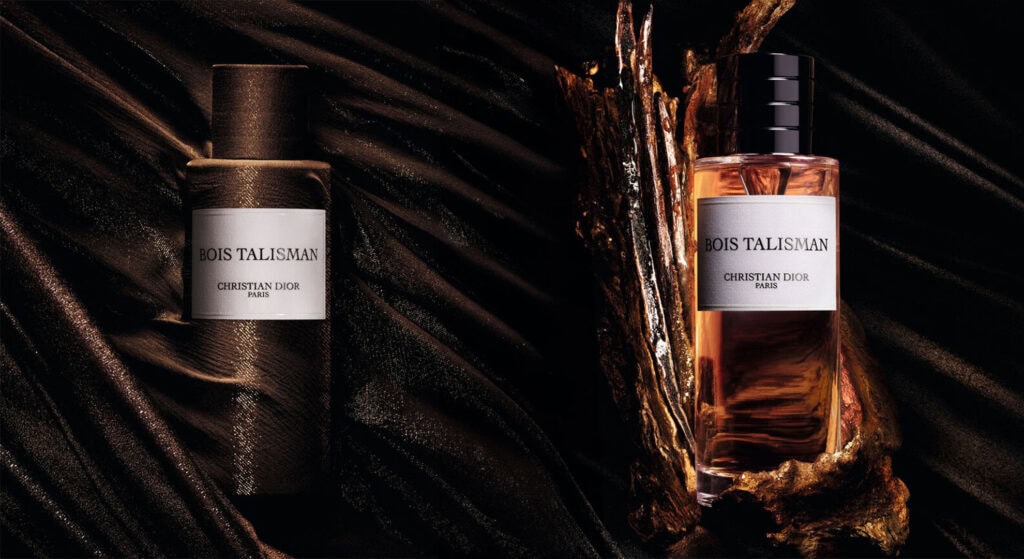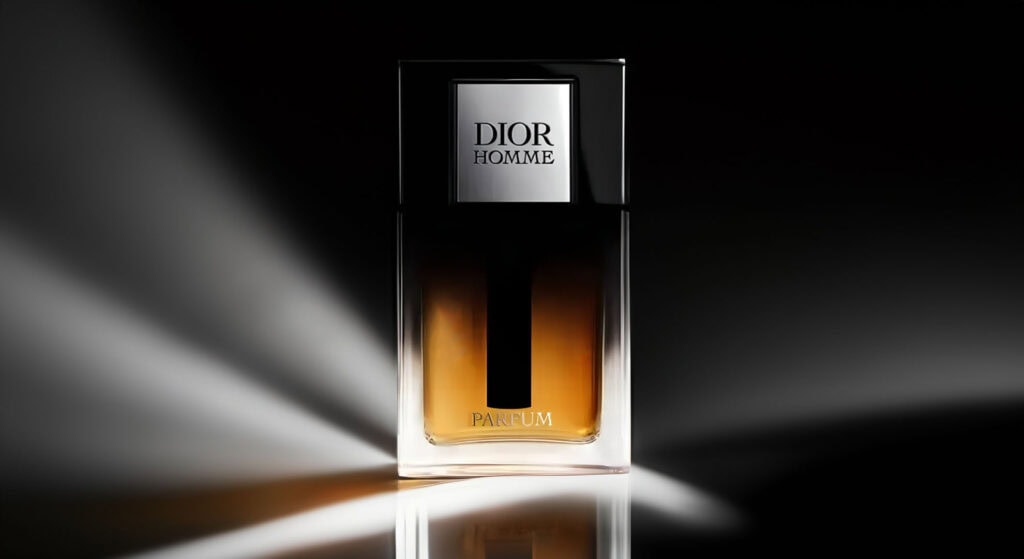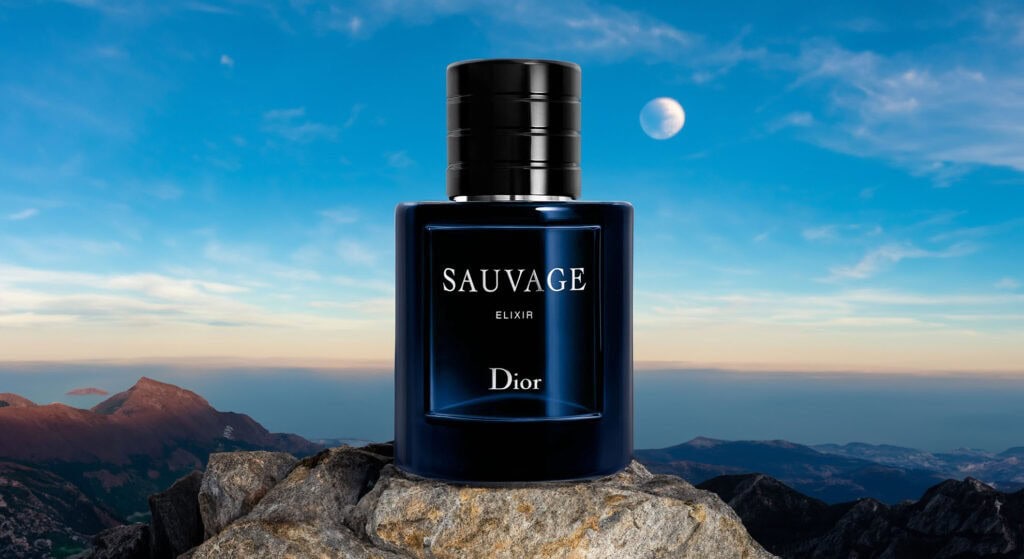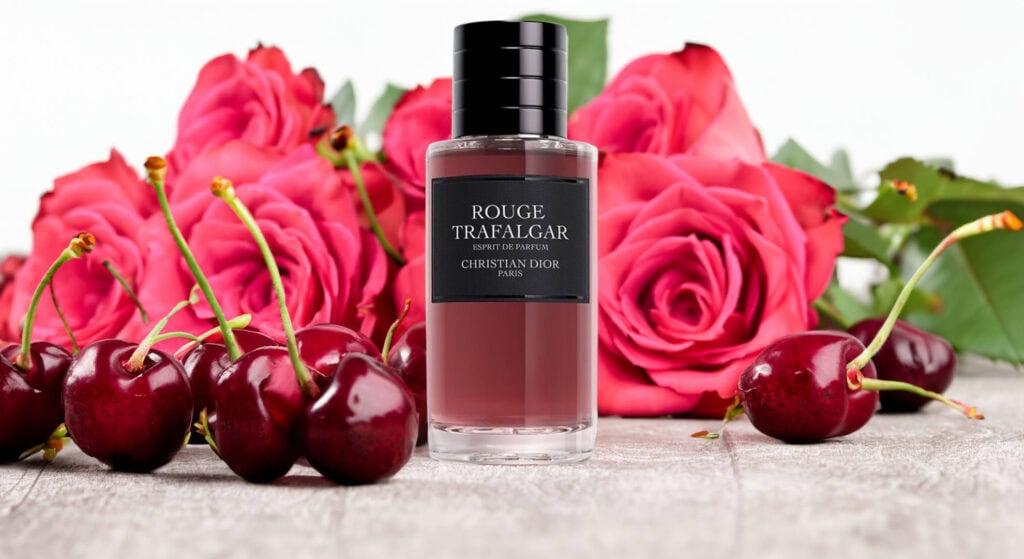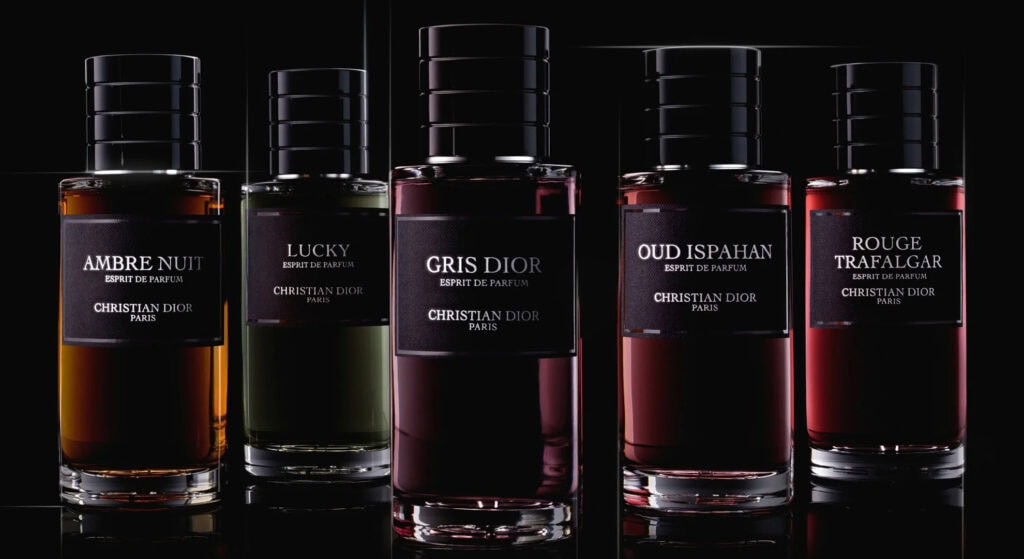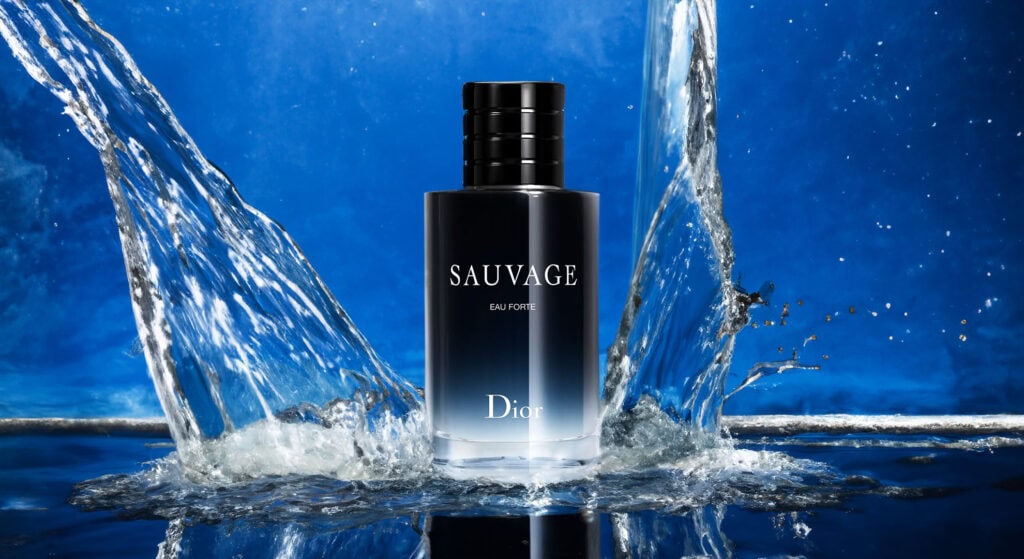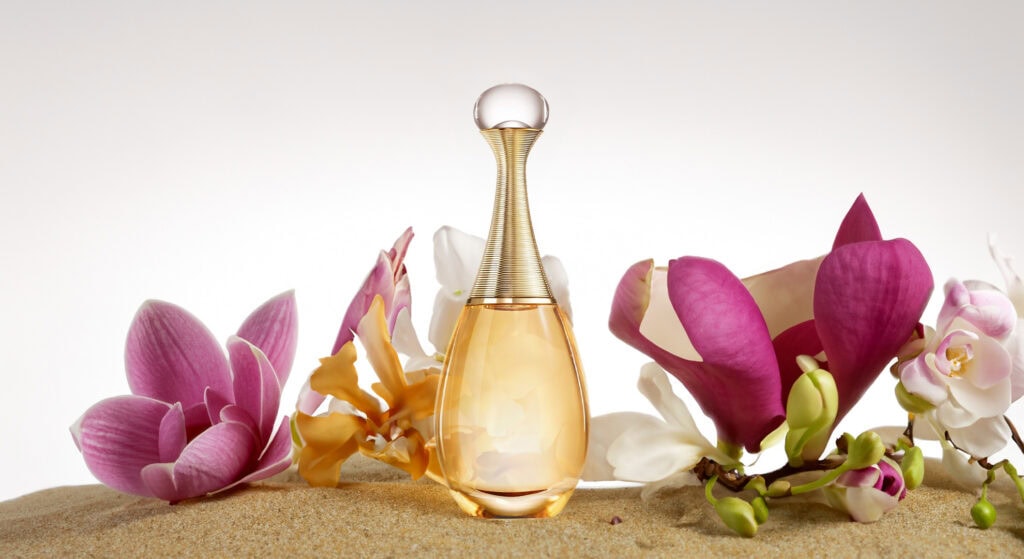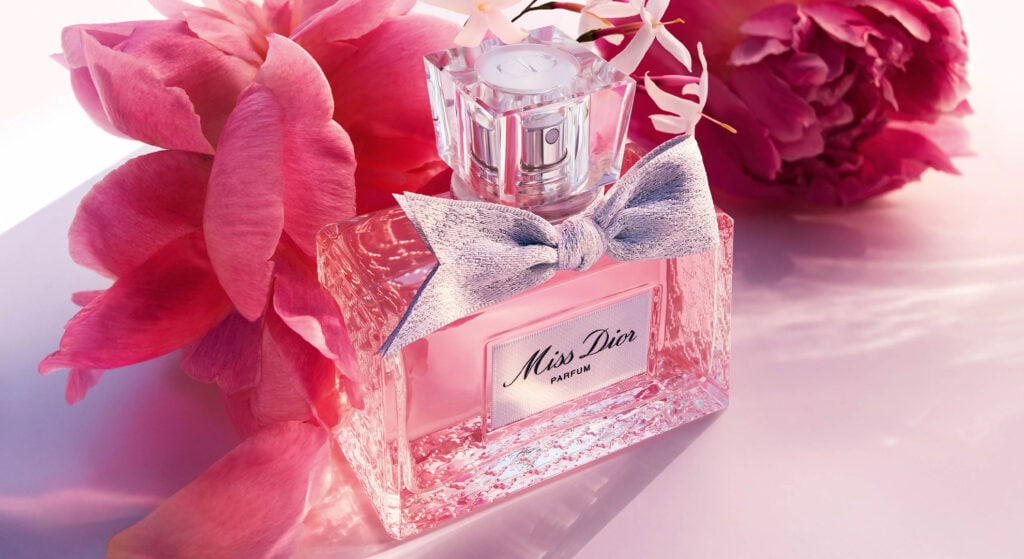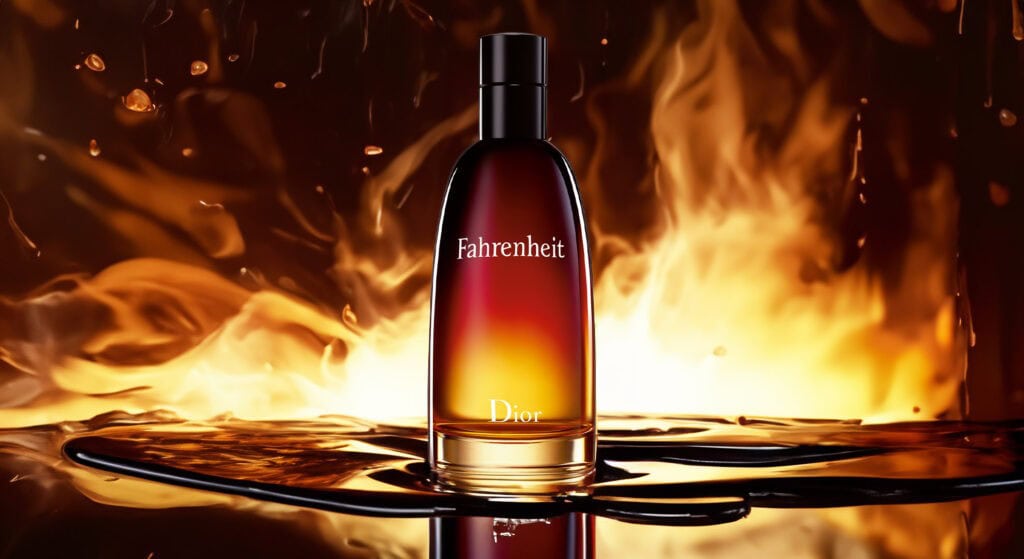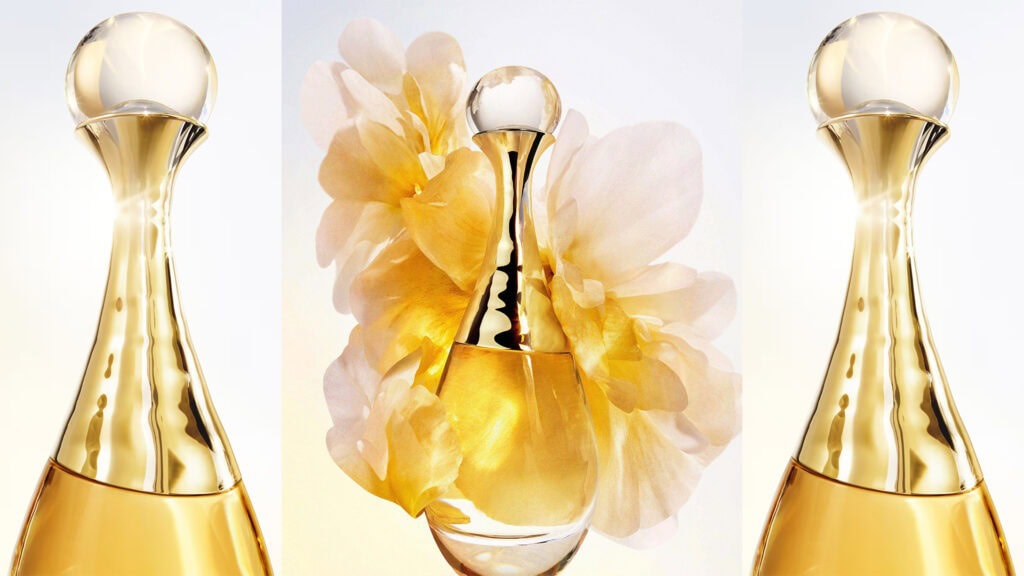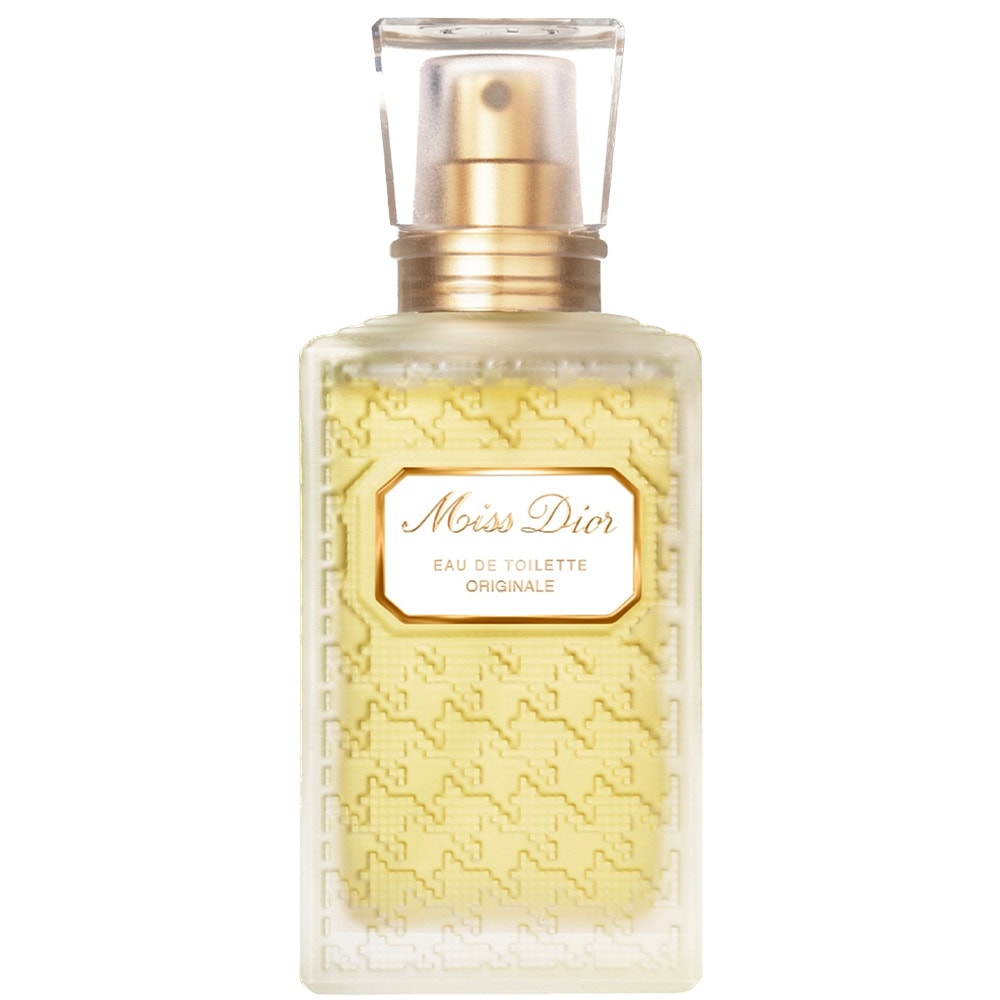
Olfactory Group: Green Chypre Floral
Top Notes: Galbanum
Heart Notes: Jasmine, Grasse Rose Absolute
Base Notes: Patchouli
Perfumer: Edmond Roudnitska
Ingredients: Galbanum, Jasmine, Patchouli, Oakmoss, Aldehyde, Gardenia, Ambergris, Carnation, Iris / Orris, Leather, Lily Of The Valley, Narcissus, Neroli, Rose, Clary Sage, Sandalwood, Vetiver
Miss Dior Originale Eau de Toilette – Fragrance Profile
Galbanum
Originating from the regions of Iran and Afghanistan, the galbanum plant’s resin is extracted by incising the roots. This resin is then distilled to produce an essence that beautifully complements herbaceous and green chypre notes. As the top note in Miss Dior, galbanum adds a fresh, slightly rebellious edge to the fragrance.
Representing delicate femininity, jasmine is a cornerstone in the world of perfumery. Known for its gentle and captivating aroma, it can stand alone as a fragrance. In Miss Dior, sambac jasmine forms part of the heart notes, imbuing the scent with its soft and luxurious floral character.
Native to Indonesia and Malaysia, patchouli is a vital ingredient in the perfumer’s toolkit. The essence, obtained through steam distillation of the dried leaves, is versatile and used in a variety of fragrance families, including chypre, woody, and amber. In Miss Dior, patchouli contributes to the base notes, adding a rich and earthy depth to the perfume.
Oakmoss
Oakmoss, sourced from lichen in forests, contributes a rich, natural scent to fragrances. It is a common element in chypre and fougère perfumes, adding to the deep, woody notes that anchor the fragrance. Oakmoss is also crucial in numerous traditional mixtures as it prolongs the lifespan of a scent.
Aldehyde
Aldehydes are man-made substances that impart a distinct, sharp luminosity to scents. They have the ability to bring to mind the smell of fresh laundry or zesty citrus, injecting a contemporary and vibrant aspect. Aldehydes can enhance floral blends in perfumes, adding vibrancy and longevity.
Gardenia
Gardenia is a rich, white floral scent that gives off a creamy and subtly green fragrance. Famous for its alluring and luxurious fragrance, gardenia contributes an extravagant element to any scent. It mixes harmoniously with jasmine and tuberose, adding to their richness and intricacy.
Ambergris
Ambergris, a valuable substance, is a rare ingredient obtained from sperm whales. It possesses a pleasant, earthy scent that brings richness and complexity to a scent. Ambergris is commonly found in the lower notes, giving a lavish, animalic feel that intensifies the intricacy and longevity of the fragrance.
Carnation
Carnation has a clove-like scent with a touch of floral sweetness. Frequently found in old-fashioned and Eastern fragrances, it contributes a distinct and cozy spiciness. Carnation complements rose, ylang-ylang, and woody scents, enhancing the strong and unique character of a perfume.
Iris / Orris
Iris, also known as orris, comes from the rhizomes of the iris plant. It possesses a dusty scent akin to violets that is both graceful and refined. Orris is renowned for its costly nature in the world of fragrance, valued for its capacity to infuse floral and woody scents with a lavish, velvety smoothness.
Leather
Leather scents offer a luxurious, smoky, and slightly animalistic fragrance, evoking thoughts of high-quality leather products. This characteristic imbues fragrances with a masculine and tough essence, commonly present in scents for men and unisex options. Leather complements woodsy, spicy, and oriental fragrances.
Lily of the Valley
The delicate and ethereal fragrance of Lily of the valley is fresh and green. Frequently linked with the season of spring and fresh starts, it brings a delicate and breezy element to scents. This message pairs nicely with other floral notes, as well as green and citrusy scents.
Narcissus
Narcissus has a luxurious, strong flowery scent with a touch of green and earthy notes. It is intricate and diverse, commonly employed to bring depth and a hint of classic charm to fragrances. Narcissus complements oriental notes and other white florals nicely.
Neroli
Neroli’s fresh, citrusy floral scent comes from distilling the blossoms of the bitter orange tree. It is luminous, cheerful, and mildly sugary, bringing a gleaming touch to scents. Neroli is flexible and combines nicely with citrus, floral, and herbal scents.
Rose is considered one of the most classic and multifaceted components in the world of fragrance. It gives off a luxurious, sugary, and mildly zesty flowery scent. The scent of rose can vary from light and moist to deep and soft, depending on the type of rose and how it is extracted. It is a common element in several fragrance categories, such as floral, oriental, and chypre.
Clary Sage
Clary sage is easily recognized by its unique herbal and slightly musky scent. It contributes a natural, fragrant element to perfumes, commonly found in fougère and chypre blends. Clary sage complements lavender, oakmoss, and various herbal scents.
Sandalwood is a smooth, woody essence with a soft hint of sweetness. Its fragrance is greatly appreciated for its lasting smoothness and its ability to harmonize with various other scents. Sandalwood is frequently used in oriental, woody, and gourmand scents.
Vetiver
Vetiver presents a multi-dimensional scent, combining earthy notes with hints of smoke, wood, and a touch of greenness. Frequently employed in the underlying scents of perfumes, it adds depth and stability. Vetiver pairs nicely with citrus, floral, and spice elements, bringing a refined and long-lasting aspect to the fragrance.

